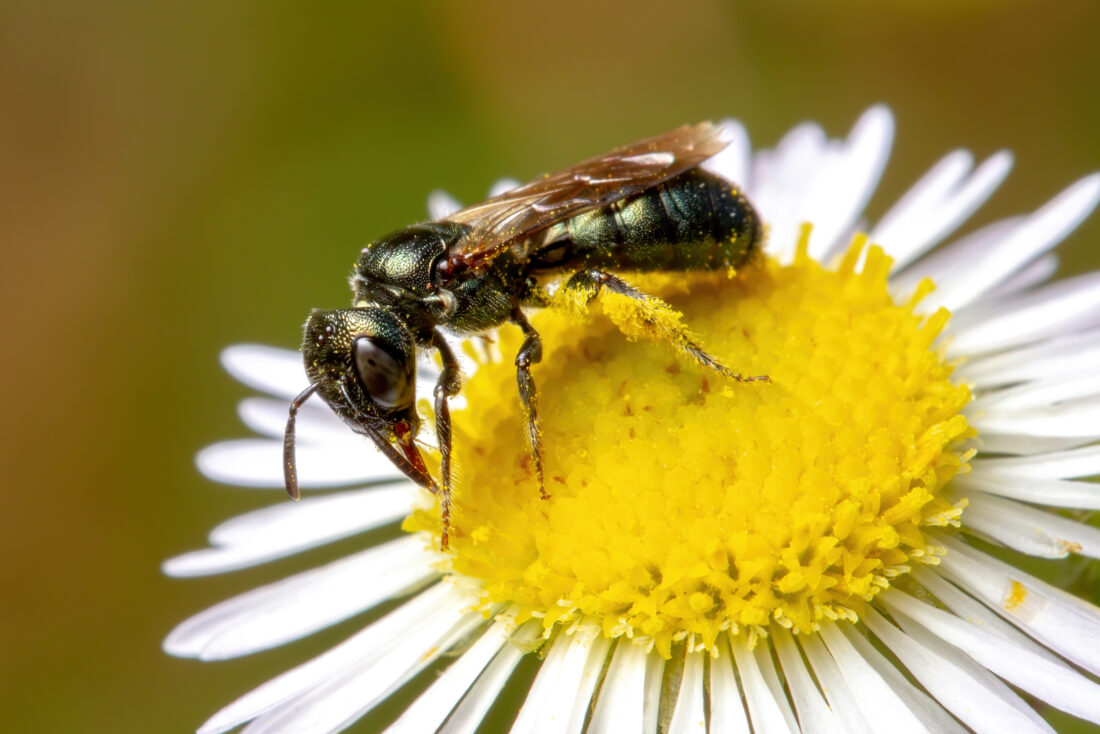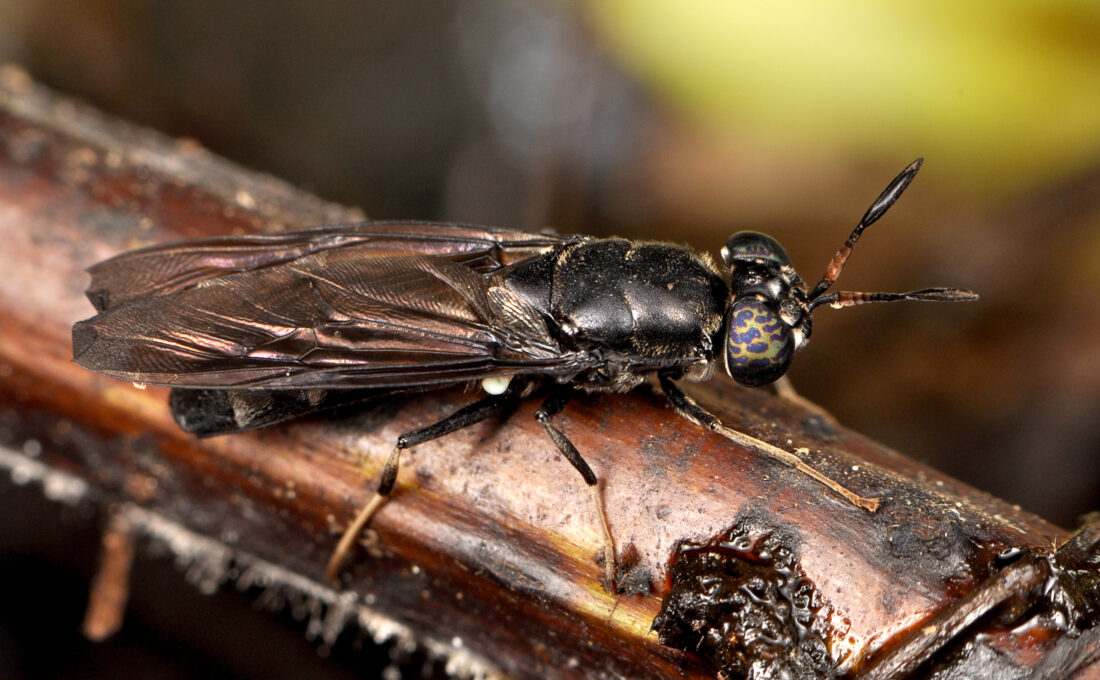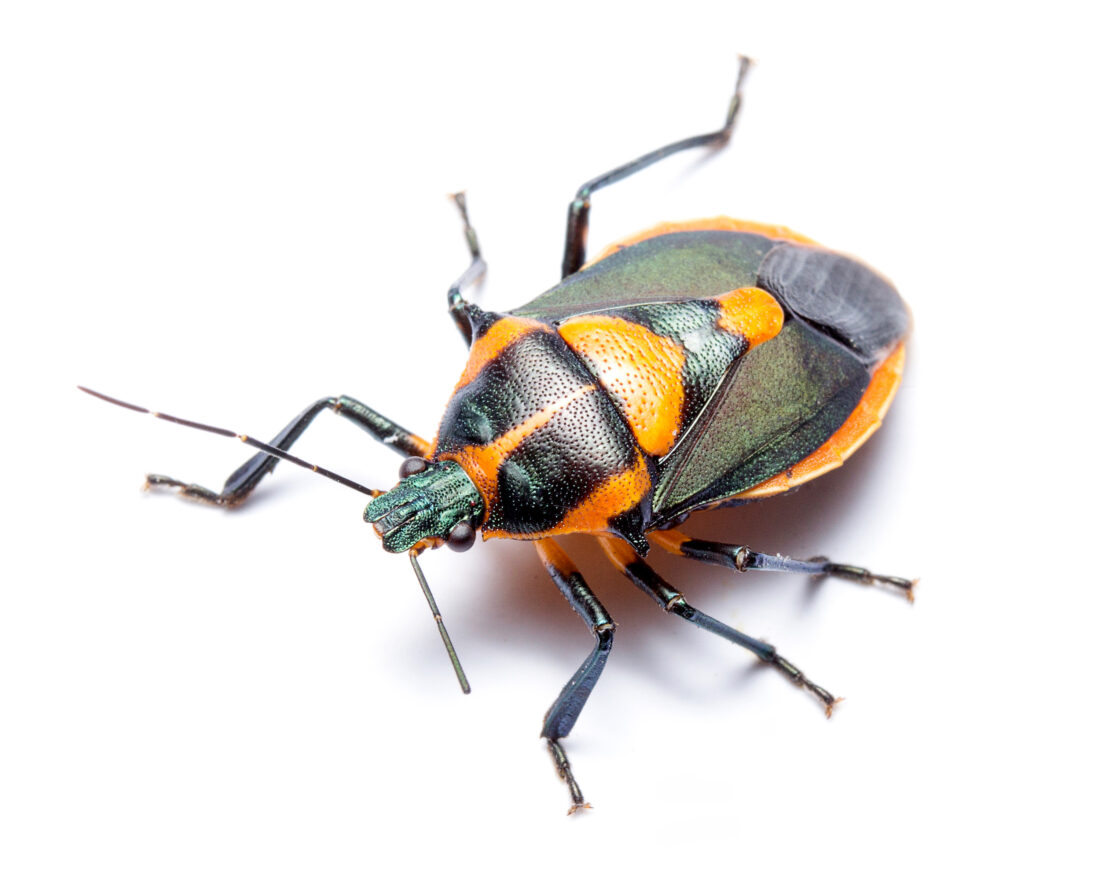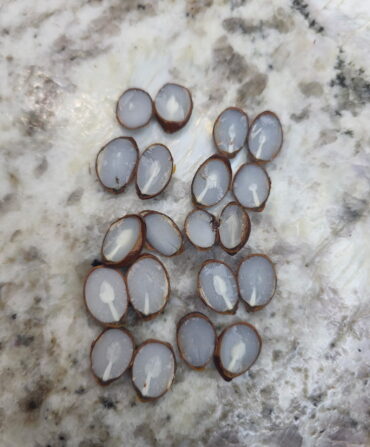A diverse garden is a healthy garden, says North Carolina State University entomologist Matt Bertone, whose speciality lies at the intersection of plants and insects. Though it may seem like you spend much of your energy driving insects away from your yard, creating an inviting environment for bugs can actually mean a more comfortable, balanced, and productive environment for people.

“If you’re seeing a lot of activity and a lot of different insects, then you’re doing pretty well,” Bertone says. Perhaps you’ve cut out harmful pesticides and planted an array of native plants, especially flowering ones, thereby attracting beneficial predators that will eat pests like aphids and hornworms. “Many of these insects that feed on pests have some part of their life stage that feeds on nectar, too,” Bertone explains. “By encouraging more critters to be around the garden, they will spill over and start attacking the things that might not be desirable.”
Below, find five groups of insects—some of them surprising—that act as helpers in gardens and indicate overall garden health.
Predatory stink bugs
Many bugs in the Pentatomidae family, including the invasive and widespread brown marmorated stink bug, feed on plants. But some, like the Florida predatory stink bug, enjoy life a few rungs up the food chain. “It’s a really beautiful cobalt blue and orange or red stink bug,” Bertone says of Euthyrhynchus floridanus. “It’s so distinct that if you’ve seen a picture of one, you’ll know how to identify it forever.” Better yet, they prey on plant-damaging bugs, beetles, and caterpillars. So do some other stink bug species, including the spined soldier bug—identifiable by a long proboscis used to stab prey.
Parasitoid wasps

Tomato season means hornworm season; the green pests can quickly decimate a backyard tomato crop. If you spy little white cocoons seemingly sprouting all over the dreaded caterpillar, leave it alone—that’s the handiwork of a parasitoid wasp. The hornworm won’t be eating anymore, and once the wasps emerge, they’ll find more hornworms to parasitize. Other parasitoid wasp species do the same thing to aphids and other pesky garden guests. Best of all, many are so tiny they aren’t visible to the eye, and they don’t sting.
Bees

“Pollinators like these get all the good press,” Bertone says. There are lots of them—butterflies, moths, flies, birds, hummingbirds, bats—but bees in particular are cut out for the job. Their specialized fuzzy bodies and legs help them collect pollen, a bee food source, and ferry it around, pollinating plants as they go.
Jumping spiders

Web-building spiders passively catch prey in their web, be it a beneficial species or a pest. Jumping spiders, on the other hand, are “more active around the ground and patrolling the actual foliage,” Bertone says. As a result, they’re a big help in eliminating leaf and fruit eating pests.
Flies

“Flies get a bad rap, but they’re really important,” Bertone says. “All those insects in your compost bin, they’re doing a good job of giving you compost,” Flies, especially, feed on decaying vegetable matter and turn it into good stuff for the gardens. Black soldier flies are a common, larger, jet-black species that’s easy to spot. Hoverflies are helpers, too—they have larvae that look like little caterpillars, which crawl around on plants feeding on aphids.








